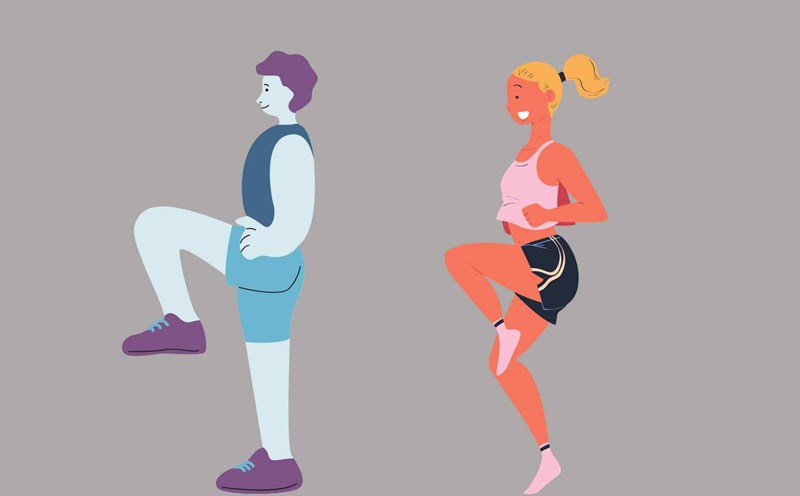Walking is one of the simplest and most effective exercises to exercise cardiovascular health. To improve effectiveness, many people choose to combine walking with weights, such as heavy vests, weighted backpacks, wrist weights or ankles. But is this really good for your health?
According to Dr. Laura Campedelli (DPT), US, adding weights can increase fat burning efficiency and improve strength, but also comes with the risk of injury if not done properly.
Weighted vests: Good for bones, effectively burn calories
This is the most popular and safe choice when you want to increase the weight of your walking exercise. One study shows that walking on an incline in a vest weighing 10% of your body weight helps burn 13% more calories than regular walking.
In addition, the pressure from a vest also helps stimulate bone cell growth, contributing to preventing osteoporosis.
However, Dr. Campedelli recommends: People with neck or back pain should consult a doctor before wearing a heavy suit to avoid increasing pressure on the spine.
Trucking: Increase your fitness, but keep the correct posture
Walking with a heavy backpack, also known as rucking, also helps improve physical strength, increase thigh muscles and consume a lot of energy.
However, posture is an important factor. Make sure:
Keep your back straight
Do not lean forward
Gently tighten your abs to protect your spine
Only use a backpack with a sturdy chest strap and shoulder pads to avoid putting pressure on the spine, Dr. Campedelli noted.
Wrist and ankle Weights: easily cause injuries
Although easy to use, these two types of weights have many potential risks:
Wrist weights can easily cause fatigue in the wrists, shoulders and elbows if the wrists are too heavy.
Anesthetic weights cause imbalances between the leg muscles, putting pressure on the knees, hips and lower back.
These weights should only be used for standing exercises, not carried when walking, Campedelli emphasized.
Tips for walking with safe weights
Start lightly: Choose light weights (under 5% of body weight) and increase over time.
No need to wear it every time: You don't need to wear weights every walk. Intermittent light and heavy training sessions to avoid overload.
Take a short walk first: Start with a short distance so that your body can adapt.
correct posture: Look straight, shoulders relax, lift your arms from your shoulders and keep your back straight.










